If you use a current source, then you can't get a reasonable result.
I built a current/voltage tracer a while back that uses a current source - it sets the current then measures the resulting voltage across the diode.
About a month ago, I got hold of some GI103A tunnel diodes and tried to replicate the typical negative resistance curve trace of a tunnel diode.
This is the result:

It just skips right over the negative resistance range.
My software automatically joins consecutive measurements, so there's a straight line across the negative resistance range. In reality, it just skips right over the whole negative resistance area. The trace should just skip from about 20 millivolts to about 420 millivolts.
To get the negative resistance trace, you have to use a voltage source and measure the current. That's how the traces in the datasheets were produced.
Even Tektronix IV tracers produced IV traces that skip the negative resistance range:

Figure 11A from that Tektronix document shows the IV traces of two tunnel diodes made with a Tektronix 575 curve tracer. Both traces skip the negative resistance range.
This document ftom RCA describes how the negative resistance range can be traced.

The short form is that it takes an IV tracer with a low internal impedance - basically, a voltage source rather than a current source. The tracer "forces" a voltage on the diode and measures the resulting current.
I recommend reading both of the linked documents (Tektronix and RCA.) There's a wealth of information on theory and practicalities of tunnel diodes in both of them.
That "skipping the negative resistance range" is what makes tunnel diodes switch so fast.
As long as the driving source "looks like" a current source (the source impedance is higher than the absolute value of the negative resistance) the voltage range of negative resistance is "forbidden" - from the current, it could have three voltage values. That's impossible, so that range is "skipped," leading to an immediate change in voltage to something outside the forbidden zone.
When the source "looks like" a voltage source to the diode (source impedance is lower than the absolute value of the diode negative resistance) then there's only one current for that voltage - there's no forbidden zone, so it just passes whatever current is required.



